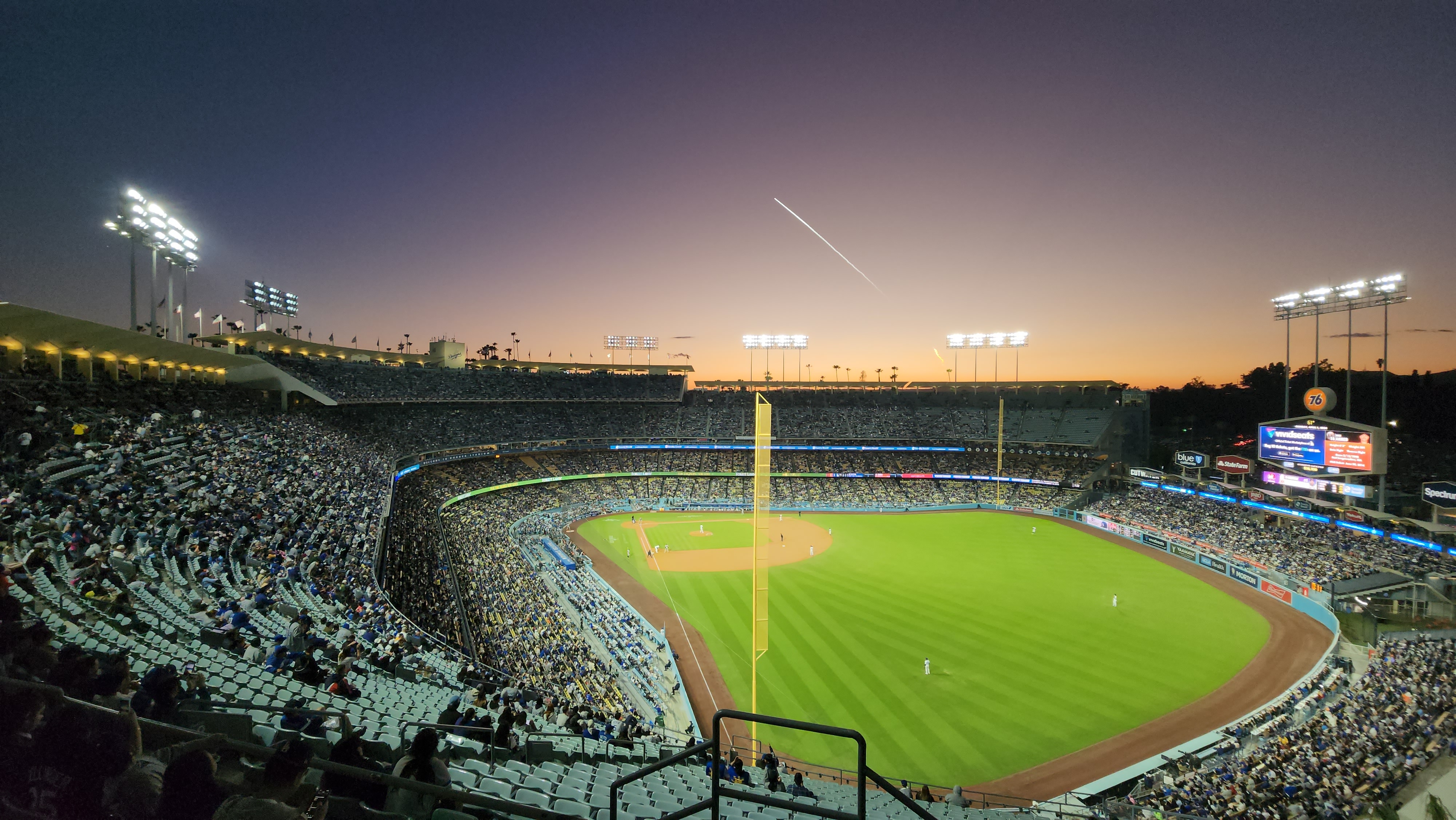What to Know
- U.S. Space Command identified the streak of light captured on camera over Los Angeles as Chinese spacecraft debris re-entering Earth's atmosphere.
- People around Los Angeles reported seeing the streak of fiery light early Tuesday morning.
- The spacecraft launched in November 2022 on a mission to these Chinese Space Station.
A shimmering streak of light captured on camera early Tuesday morning by surprised sky-watchers in Southern California was space debris from a Chinese spacecraft, according to U.S. Space Command.
The fiery light, possibly caused by falling debris, appeared around 1:45 p.m. with reports of sightings over a widespread area in Los Angeles and beyond.
Get top local stories in Southern California delivered to you every morning. Sign up for NBC LA's News Headlines newsletter.
“U.S. Space Command can confirm the People's Republic of China SZ-15 Module, SCC# 56873, re-entered the Earth’s atmosphere over the eastern Pacific Ocean at approximately 1:43 a.m. Pacific Time on April 2," a U.S. Space Command spokesperson said.
The spacecraft launched in November 2022 on a mission to these Chinese Space Station. Part of the spacecraft is left behind in orbit when crews return to Earth, then eventually re-enters the atmosphere and breaks apart in a blaze of light across a darkened sky.
The timing early Monday created a spectacular sight that could be seen for miles around Los Angeles.
"The light from the front was bright blue," said Jarred Gonzalez, who captured the light on video in the Pico Union area. "It was visible to us for a good 30 seconds, then disappeared from our line of sight."
Roseleen Browne was walking her dog in Hollywood when she caught a glimpse of something unusual soaring through the sky.
“It was just like a sparkler in the sky, and I couldn’t believe my eyes," Browne said. "A girl was walking by, and I was like 'Did you see this?' It was just magical. It didn’t seem very real."
The lights followed a SpaceX rocket launch about six hours earlier from Vandenberg Space Force Base about 160 miles northwest of Los Angeles. The rocket and its exhaust plume were illuminated by the setting sun against the backdrop of a darkening sky, making for spectacular views around Los Angeles.
The Falcon 9 rocket delivered about two dozen Starlink internet satellites to low-Earth orbit. The first-stage rocket booster landed at sea on a droneship.
The lights appeared similar to those seen over the West Coast in March 2021 when debris from a SpaceX rocket did not entirely burn up before entering Earth's atmosphere.



